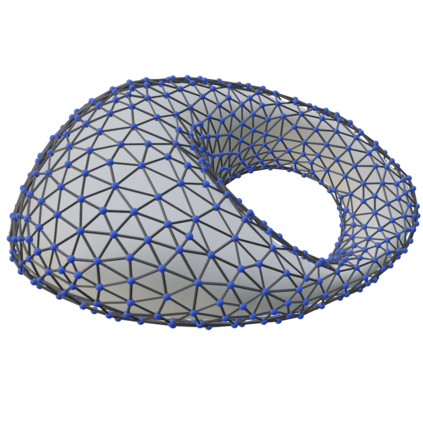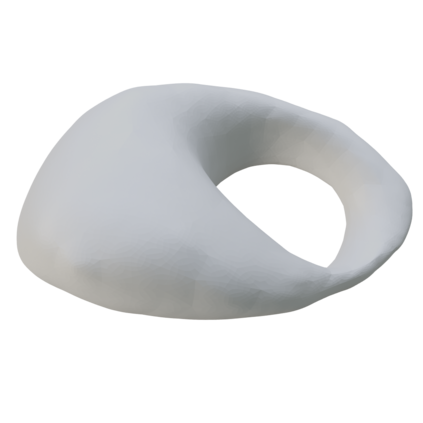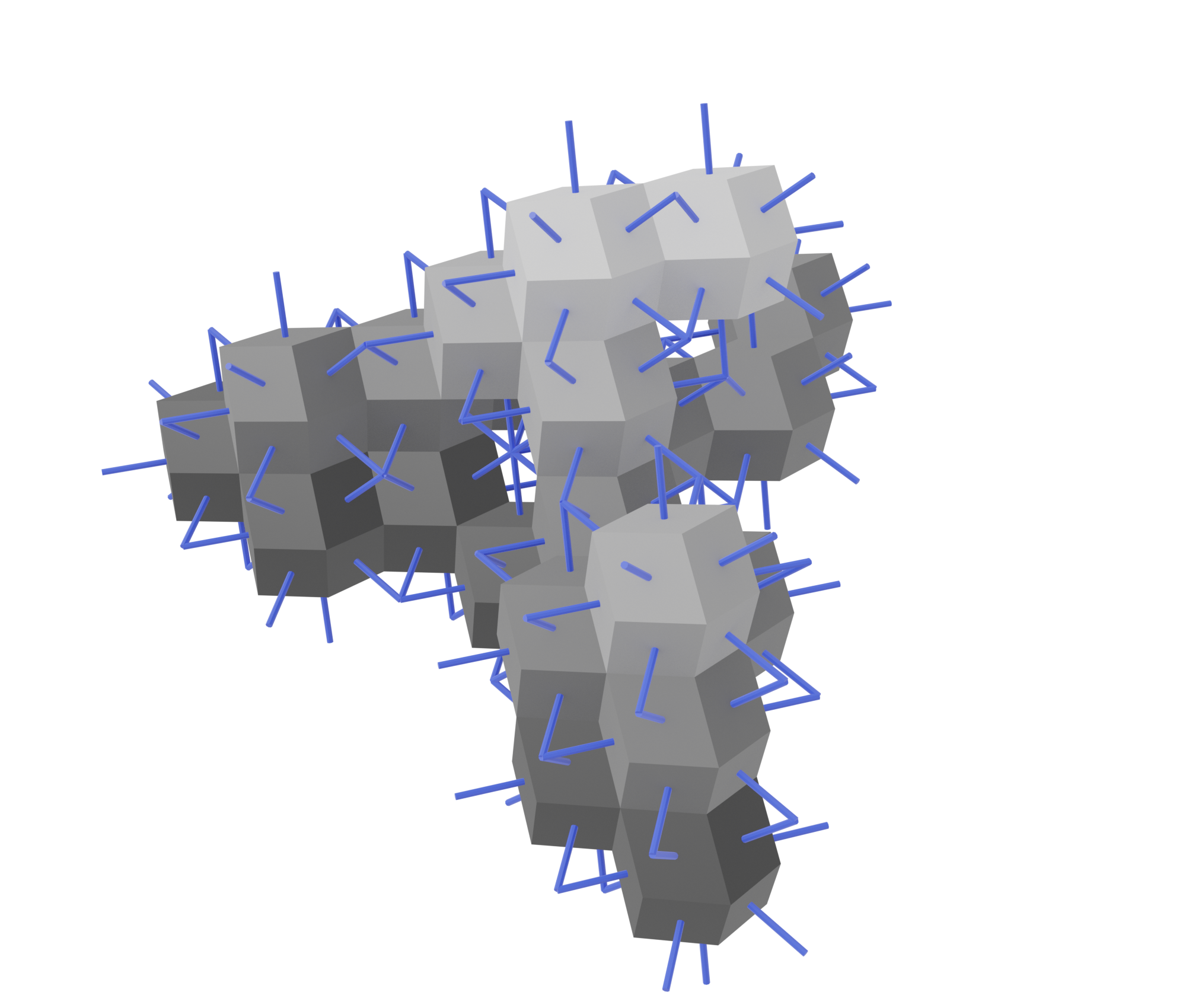Motivated by the prospect of nano-robots that assist human physiological functions at the nanoscale, we investigate the coating problem in the three-dimensional model for hybrid programmable matter. In this model, a single agent with strictly limited viewing range and the computational capability of a deterministic finite automaton can act on passive tiles by picking up a tile, moving, and placing it at some spot. The goal of the coating problem is to fill each node of some surface graph of size $n$ with a tile. We first solve the problem on a restricted class of graphs with a single tile type, and then use constantly many tile types to encode this graph in certain surface graphs capturing the surface of 3D objects. Our algorithm requires $\mathcal{O}(n^2)$ steps, which is worst-case optimal compared to an agent with global knowledge and no memory restrictions.
翻译:受到在纳米尺度下协助人类生理功能的纳米机器人前景的启发,我们研究了三维混合可编程物质模型中的涂覆问题。在这个模型中,一个单一的代理器具有严格有限的视野和确定有限状态自动机的计算能力,通过拾取、移动和放置被动瓷砖来对瓷砖进行操作。涂覆问题的目标是填充某个大小为$n$的表面图中的每个节点。我们首先在一类具有单一瓷砖类型的图上解决了这个问题,然后使用不断增加的瓷砖类型来在某些捕捉三维物体表面的表面图中对该图进行编码。我们的算法需要$\mathcal{O}(n^2)$步,与具有全局知识和无记忆限制的代理器相比,是最坏情况下最优的。








